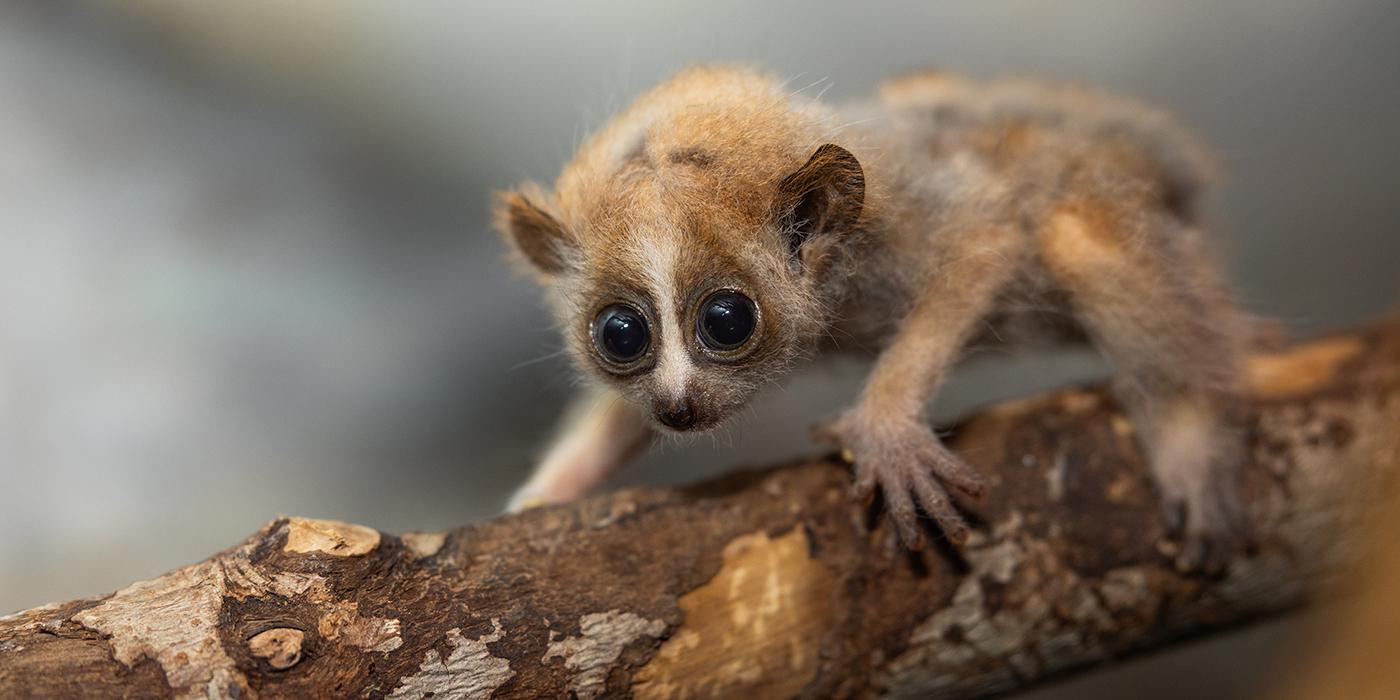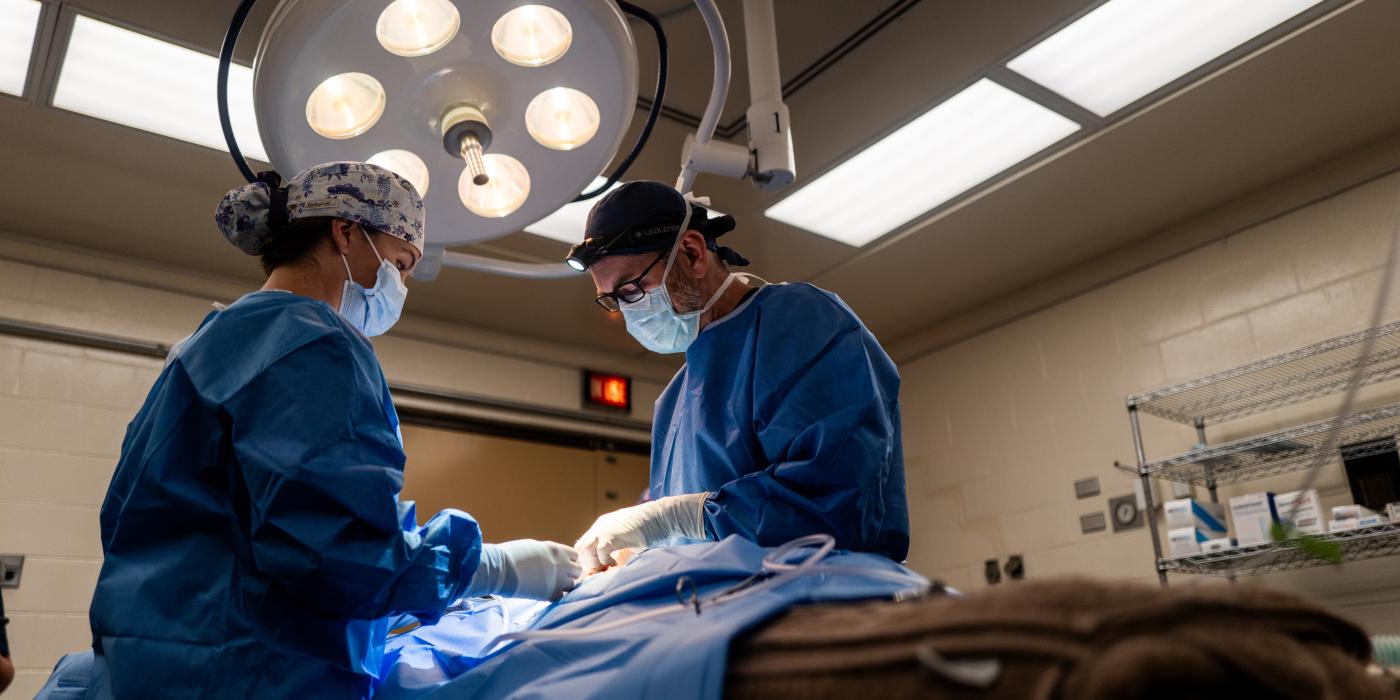Elderly Female Cheetah at the Smithsonian Conservation Biology Institute Dies
Amani (Ah-MON-ee), an elderly cheetah living at the Smithsonian Conservation Biology Institute in Front Royal, Virginia, was humanely euthanized Feb. 19. The 13-year-old cheetah had been experiencing a decline in kidney function, increasing discomfort and difficulty moving due to arthritis, and in the past month her appetite had significantly decreased. Due to her decreasing quality of life and poor prognosis, keepers and veterinarians made the decision to euthanize her. The median life expectancy for cheetahs living in human care is 11.5 years old.
Amani was one of the first cheetahs to live at SCBI’s cheetah science facility and the first female to give birth there. She moved to SCBI from the Smithsonian’s National Zoo in August 2009, where she had been living for a little more than a year-and-a-half.
The birth of her first litter marked a turning point for cheetahs living in zoos and for scientists. Scientists were studying cheetah biology and trying to crack the code on the best ways to encourage them to breed. At the time, cheetahs were not having many cubs in zoos, which did not bode well for the species as a whole. Wild cheetah numbers were, and still are, declining dramatically in Africa. In response, scientists wanted to safeguard the future of the species by building an insurance population of cheetahs in zoos that were matched for breeding based on their genetic compatibility.
In 2010, Amani gave birth to a single male cub. He was cross-fostered with another female’s cub to increase his chances of survival. One cub will not stimulate enough milk production in its mother to survive, so the cub was raised by another experienced female named Zazi. Amani proved to be a very attentive and successful mother, giving birth to two more litters: She gave birth to a litter of five cubs in 2011 and another litter of five cubs in 2013. Between them, Amani’s cubs have gone on to have 20 surviving cubs of their own.
“She was a really great mom and seemed to especially thrive when she had cubs,” said cheetah biologist Adrienne Crosier. “She seems to have passed that along to her daughters, who have also turned out to be fantastic mothers. Her contributions to our scientific knowledge about breeding cheetahs and their biology are really significant.”
Since Amani’s first litter of cubs, SCBI has become a founding member of the Cheetah Breeding Centers Coalition, which has focused on moving cheetahs recommended to breed by the Species Survival Plan to large facilities like SCBI. Since 2010, approximately 45 cubs have been born at zoos and breeding centers across North America each year, which is how many are needed to ensure the species is self-sustaining in human care.
Headquartered in Front Royal, Virginia, SCBI facilitates and promotes veterinary and reproductive research as well as conservation ecology programs based at Front Royal, the Smithsonian’s National Zoo and at field research stations and training sites worldwide. Its scientists are leaders in applying advanced biomedical approaches, including assisted reproductive technologies and germplasm cryopreservation, for enhancing the demographic and genetic diversity of endangered species.
Related Species:



